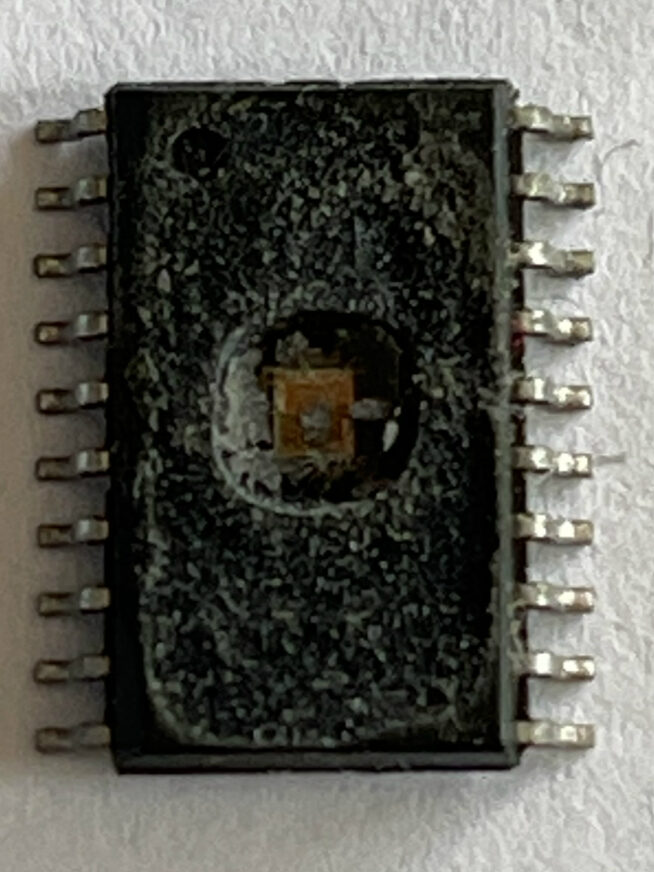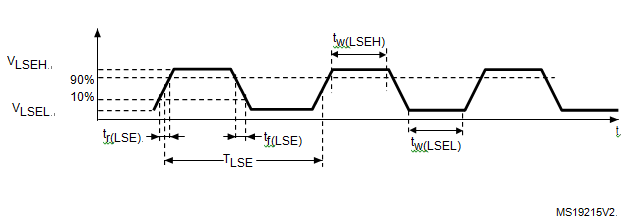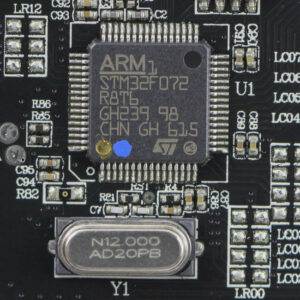 Reverse ARM Microcomputer STM32F071R8 Flash Program
Reverse ARM Microcomputer STM32F071R8 Flash Program
Reverse ARM Microcomputer STM32F071R8 Flash Program is a process to crack arm mcu stm32f071r8 locked bit and disable the protection over its flash memory, after copying the extracted heximal to new processor stm32f071r8 for functions clones;

The current consumption of the on-chip peripherals is given in Table 35. The MCU is placed under the following conditions:
- All I/O pins are in analog mode
- All peripherals are disabled unless otherwise mentioned
- The given value is calculated by measuring the current consumption
- with all peripherals clocked off
- with only one peripheral clocked on
- Ambient operating temperature and supply voltage conditions summarized in Table 21: Voltage characteristics
The power consumption of the digital part of the on-chip peripherals is given in the process of arm microcontroller stm32f071vb source code decryption. The power consumption of the analog part of the peripherals (where applicable) is indicated in each related section of the datasheet.
In bypass mode the LSE oscillator is switched off and the input pin is a standard GPIO. The external clock signal has to respect the I/O characteristics in Section 6.3.14. However, the recommended clock input waveform is shown in Figure 15.

The high-speed external (HSE) clock can be supplied with a 4 to 32 MHz crystal/ceramic resonator oscillator. All the information given in this paragraph are based on design simulation results obtained with typical external components specified to hack stm32f071vb mcu flash memory binary.

Il reverse engineering della CPU del microprocessore STM32F072RB inizia dal delayer della struttura del microcontrollore uno per uno nell’ordine inverso della produzione MCU, che è anche chiamato cracking MCU STM32F072RB, infine lo scopo di questa esecuzione è quello di avere il file exical incorporato estratto dalla memoria flash del microprocessore STM32F072RB;
In the application, the resonator and the load capacitors have to be placed as close as possible to the oscillator pins in order to minimize output distortion and startup stabilization time. Refer to the crystal resonator manufacturer for more details on the resonator characteristics (frequency, package, accuracy).